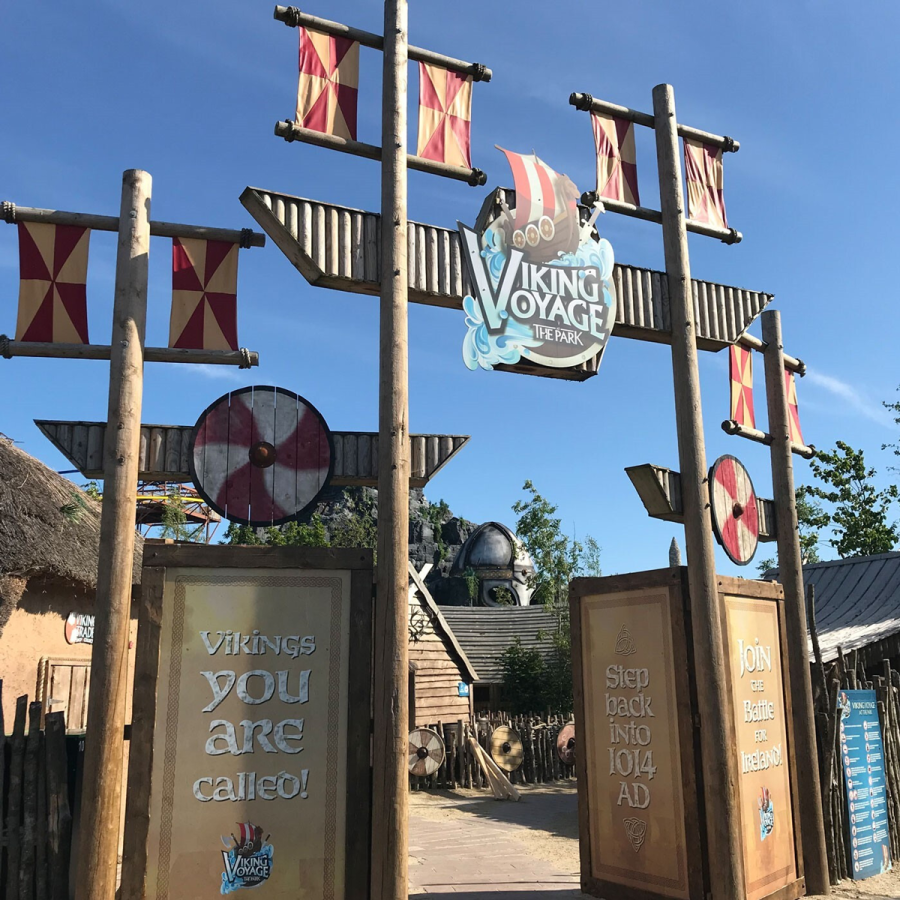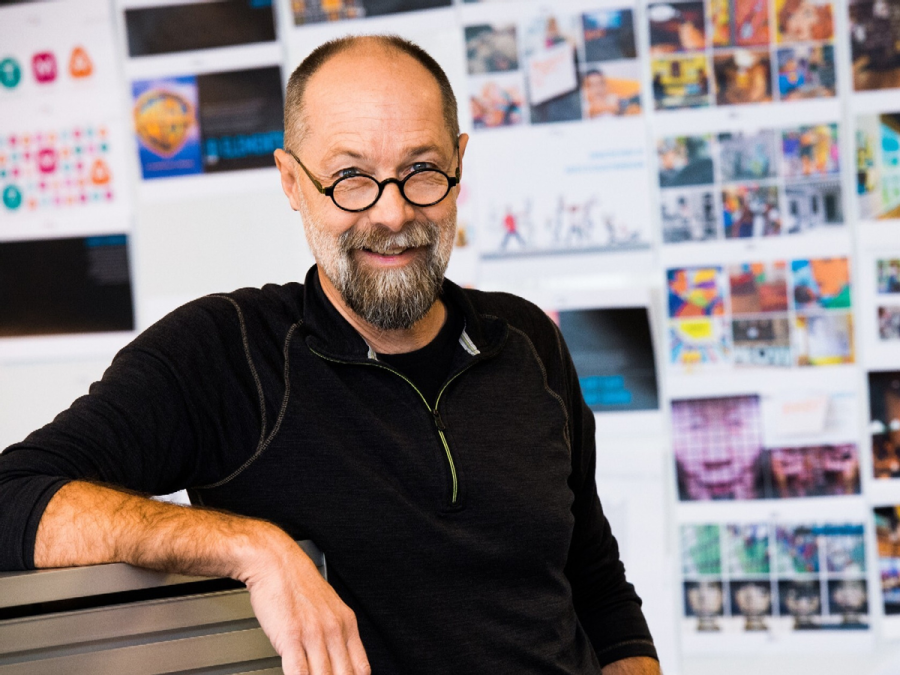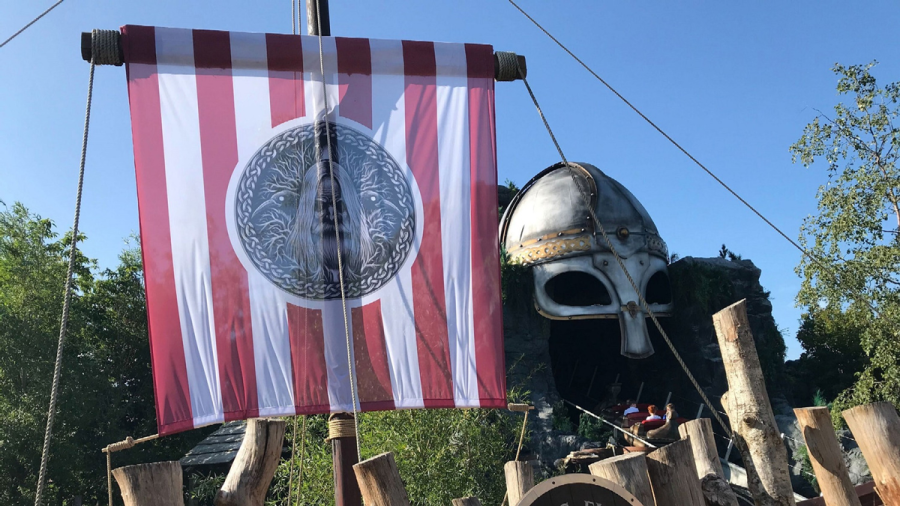Immersive Attraction Queues in the Post-COVID-19 World

If one were to look for a silver lining amid the COVID-19 pandemic, virtual queues just may be it. Attractions—whether by government mandate or by choice—adopted virtual queuing to enforce social distancing. But as the attractions industry emerges from the pandemic, so do questions regarding the future of queue design and whether sophisticated and immersive themed queues will continue to be part of new attractions.
Attraction design companies Katapult in Derby, United Kingdom, and JRA in Cincinnati, Ohio, United States, have played a role in numerous attractions projects around the world in recent years that included themed queues. Jonathan Bonner, project producer for Katapult, and Randy Smith, senior project director for JRA, spoke with Funworld about the future of virtual queuing and how physical queue design might change in the wake of the pandemic.

Bonner says amusement parks and attractions were already transitioning toward queues taking guests out of the traditional “switchback” line design where they were crowded together.
“I think that even before the pandemic, this was the direction some park groups were headed,” he says. “Take ‘Race Through New York Starring Jimmy Fallon’ or the entire queuing system for Volcano Bay at Universal Orlando as good examples of this.”
He notes that even in a world without COVID-19, virtual queuing has advantages from a commercial point of view, as guests aren’t spending money in a park when they’re stuck in large queues.

Smith agrees but points out that virtual queues during the pandemic dealt with different attendance numbers compared with prepandemic volume. “Virtual queuing can work pretty well with low attendance numbers. As attendance moves closer to pre-pandemic numbers, queuing will probably look more like the old days, even with virtual queuing, [and] we’ll still need some place for guests to wait for the actual loading.”
Queues for the “Harry Potter and the Forbidden Journey” attraction at Universal Orlando, Universal Studios Japan, and Universal Studios Hollywood take guests on a spellbinding journey through Hogwarts Castle. The queue for “Avatar Flight of Passage” at Pandora – The World of Avatar at Walt Disney World’s Animal Kingdom transports guests through caves, a bioluminescent jungle, and a research laboratory.
Themed queues appear at smaller attractions, like the elaborate new queue Katapult created in 2019 for “Viking Voyage at the Park” at Tayto Park in Kilbrew, Ashbourne, Ireland, where guests are immersed in the storyline. By use of augmented reality activated through two interactive screens, they’re able to “Viking themselves” with their friends and family and see what they look like in traditional Viking attire.

Even if the spaces where guests wait to board rides aren’t queues, they create the opportunity for storytelling. However, Bonner believes designers and developers working on new attractions should ask a few questions.
“Will people have a natural tendency to not want to stand so close to others for so long? Will they be less likely to want to touch things, thus making hands-on interactives less attractive? The long-term psychological effects are still unclear,” says Bonner. “It’s also still unclear just how long parks might employ social distancing measures.”
Regardless, he contends there are still ways to appease guests who want to experience story-themed sets, effects, and interactives.
“Clever use of operations can create a hybrid approach, whereby guests are batched into a queue line, through time allocations, and can then travel through immersive themed spaces and preshows in smaller groups before entering a ride vehicle,” Bonner says. “This allows the physical approach to still exist and create a key differentiating factor to in-home entertainment, whilst also helping guests feel safe when doing so.”
He says augmented reality apps on guests’ phones can allow them to trigger interactives and special effects, rather than requiring the need to touch or be activated by hand. This approach can ensure they’re still immersed in the attraction story while reducing physical contact between them, scenery, and other guests. This kind of interactivity can make the queue almost as fun as the ride itself.
Smith suggests that theming and interactives can extend even further outside attractions, to the surrounding environments and landscapes. He observes that when we think of great queues, they tell stories over a large area and a long period of time.
“This can continue even if the capacity is controlled through virtual means,” he says. “The new version might have fewer railings and switchbacks but more story detail. I can also imagine utilizing longer attraction pathways off the main circulation routes.”
Smith also sees opportunities for food, beverage, and retail within the queues, with themed kiosks and even retail stores where guests could make purchases that are held until they exit the ride or attraction. “When you’re not confined to a barrier-enclose queue, you have room to wander around and spend money,” he says.
Bonner asserts that as we navigate out of the pandemic, attractions must weigh their guests’ state of mind, and that after more than a year of lockdowns, guests will crave the physical experiences attractions offer on a level few other storytelling mediums can match.
“The desire to experience physical sets, effects, and interactives may trump the potential anxiety of being in a crowded space with many other guests,” he says. “Whether physical or virtual, the power of a queue as an essential element of an attraction’s storytelling and world-building should not be underestimated.”
